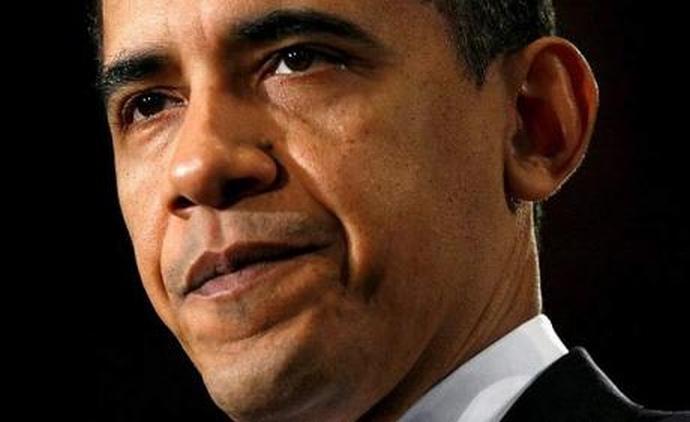President Obama’s hopes to have 1 million electric cars on the roads by the end of this year are looking more dismal as the days go on. But as a 2008 presidential campaign promise, the topic has been more difficult to drop than Obama would like.
With the figures projected at around 400,000 by the end of the year, the President hasn’t even reached half of what he projected in 2008, with the goal of 1 million looking to be realistically achieved in 2018 or later.
Bloomberg recently published a news article suggesting that, similar to past promises, Obama set “overly ambitious goals for electric-car use”. This reflects the sentiments of many independent observers and industry analysts.
Experts believe that increased sales of electric vehicles in the United States, as well as in other countries, will increase if the cost of batteries steadily drops.
They also concluded that the price of gasoline will increase to cover both competition from technology and higher fuel economy restrictions projected between now and 2025.
The Long Road to Sustainability
Industry experts emphasise that due to the complexity of influencing a population to change their behaviour, spending and status quo, this transition will not happen overnight.
“The ground is being laid for an electric car future, but it’s not an electric car present,” says Daniel Beckers, Safe Climate Campaign director – a group who lobbies for greater vehicle fuel-efficiency.
There are a lot of observers who feel that the “hockey stick” rise in sales of electric vehicles will not come until these cars are competitively priced against their gasoline counterparts.
This means that the Nissan Leaf base price will need to be within $1,000 to $2,500 of the cost of an Altima or a Nissan Sentra. When that time comes, average car buyers will pay more attention to electric vehicles.
EV prices need not be exactly the same price as gasoline cars, but near enough so that they will represent a feasible improvement to the average car buyer. Some say, the price difference even could be between a base model compared to the highest trim level of a certain car model.
Money Matters – Consumers Continue to be Driven by Price
When that time comes, cost conscious consumers, will be more receptive to the promise of an electric car costing from one-fifth to one-third as much as gasoline cars.
So not all hope is lost before they are accepted, most major innovations in technology typically experience a process of excitement, hype, disappointment, missed expectations and overall public disinterest.
This was the experience of the internet when it first came to the public domain in the mid-1990s. It was the same experience of railroads, cars, and other major advances in science and technology.



